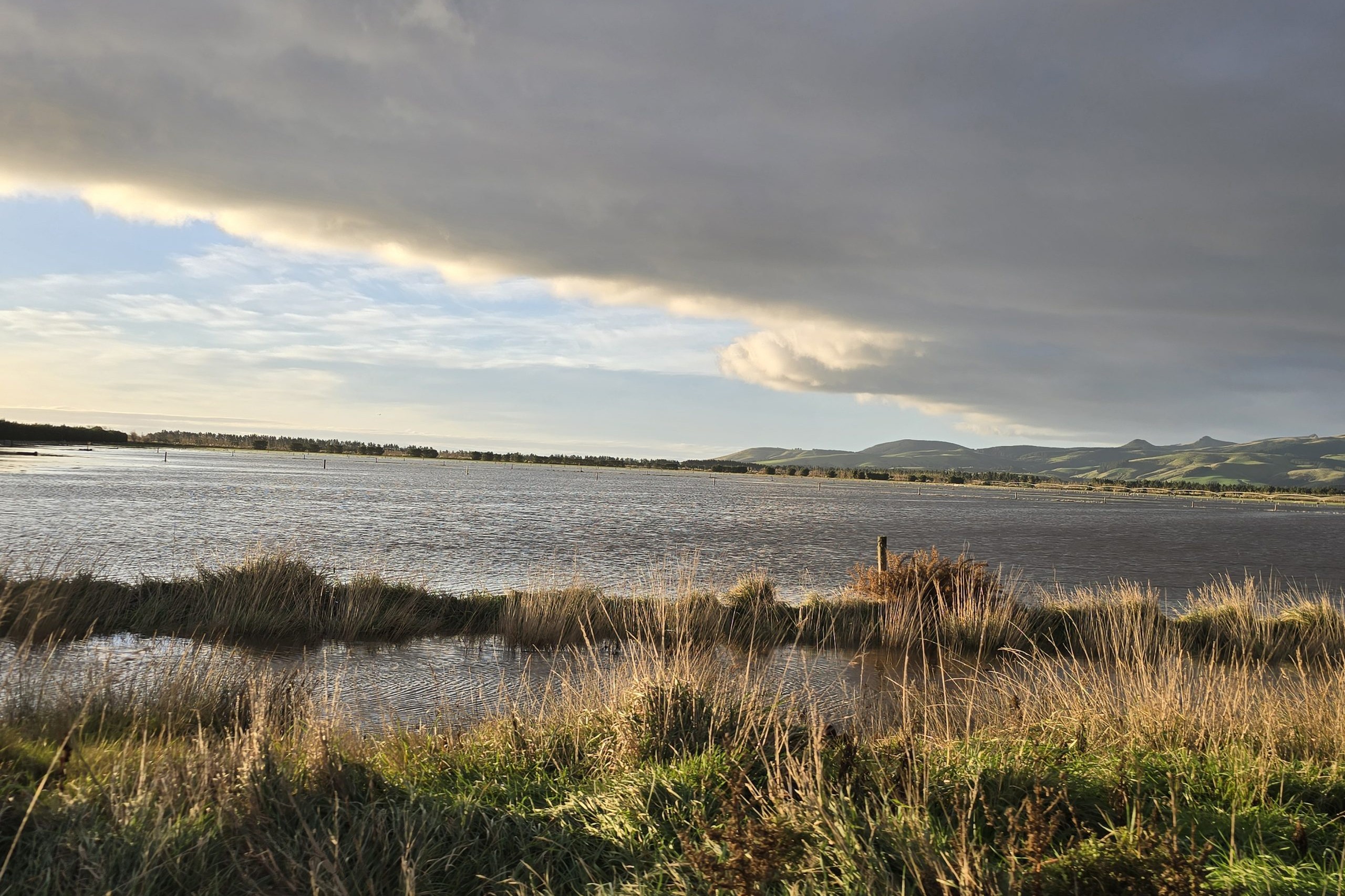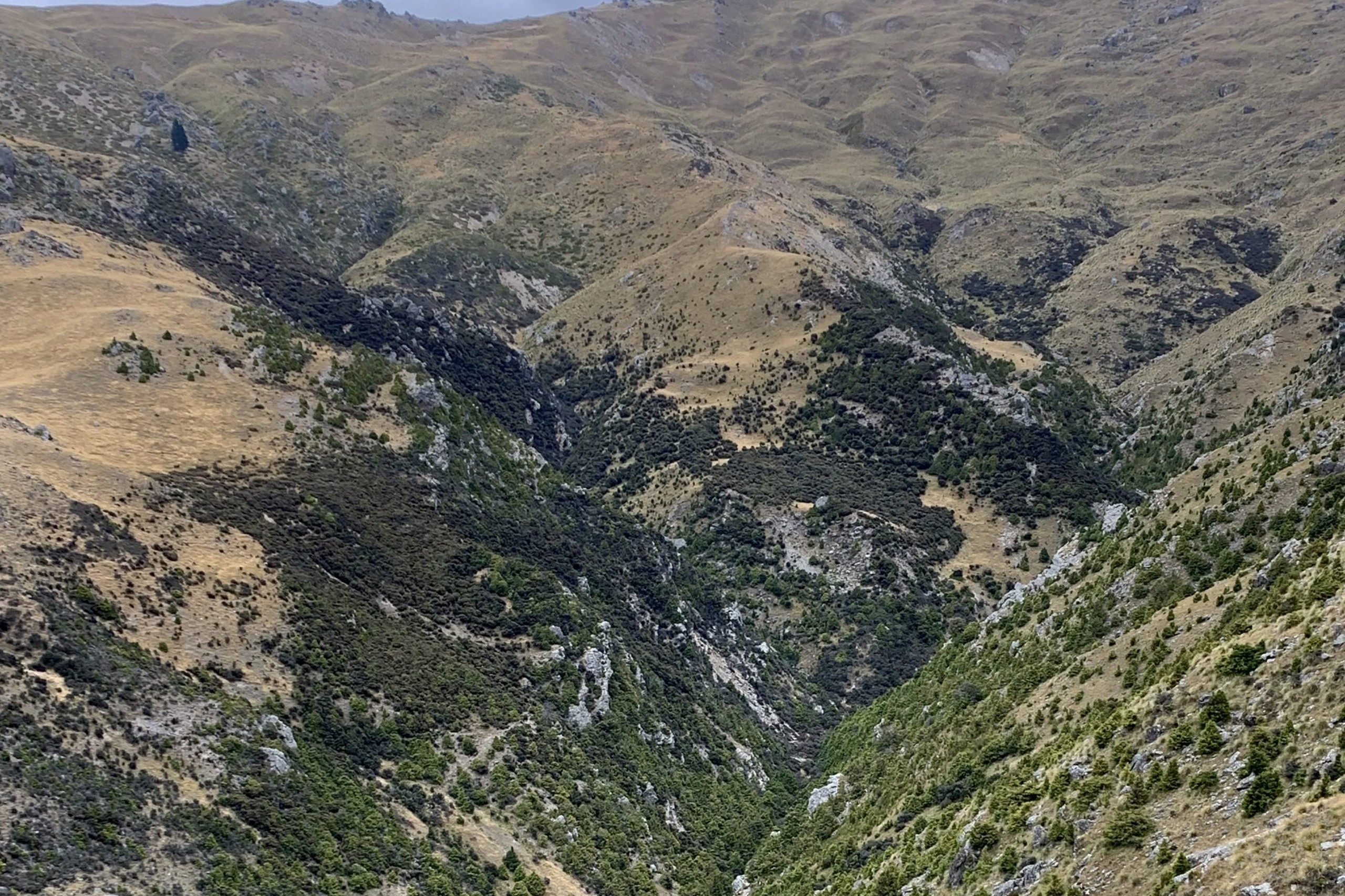Suzie Corboy isn’t impressed that, after a good run, her ewes have decided to look for new ways to die.
Someone asked me recently what my favourite season is, and I couldn’t come up with an easy answer.
Winter has the advantage of short daylight hours, so it forces us to work fewer hours, but animals have to be shifted every day, so there are no days off. Winter also requires careful budgeting of feed supplies, to feed the stock well but ensure we don’t run out. Spring brings the joy of the grass growing again and the season is full of new life, but it can be extremely stressful if the weather doesn’t behave. Summer is busy on the farm. After lamb weaning there seem to be a lot of days in the sheepyards, but at least we can get a bit more time off as many jobs are not so time-critical. Autumn is great as long as summer has been good – lambs are gone, ewes are all organised for mating, and calves are weaned. As farmers we have the advantage that our work changes as the seasons change, unlike the poor people in their offices.
Back to this year, and what a strange winter it was. Generally it was warm here in South Otago, but the rain was very localised. Our area was very wet for most of August, with 163mm of rain and precipitation on 24 days of the month, but farmers only 30km away were telling us how dry it was, and they needed rain. The second week of spring was very cold. I reckon I was colder that week than I had been all winter. Because of deadlines this has to be written before lambing, but Murphy’s Law states that once we start lambing the weather will become unsettled.
We got all the way from mating until late August without a ewe death, but the ewes have made up for it since then. We all know that ovines are always looking for new ways to die – it seems to be their challenge when things get boring, and lambing is getting close or is underway. If they are not cast, they have a bearing, milk fever, rotten lambs, stuck lambs or just die because there is a Y in the name of the day of the week.
These losses become even worse to think about when you consider the value of mutton and lamb at the moment. We don’t get many dry ewes at scanning, but the few we did kill made over $140. And the lambs that were so little or sick at the end of last season that they couldn’t even be sold as stores were worth over $155 by July. When these ignorant, multiple-carrying ewes die just because they are having a bad day, it is a loss of more than $300.
It’s not good to be thinking this as you throw another dead, pregnant ewe into the offal hole. OK, their day is worse than yours, as their actions are a bit final, but we are going to need all the money we can get so we can meet all the new requirements of the new national water regulations. That is a subject that needs a whole column written on it, and I am not the right person to do that, so I will just leave that topic for someone else to read up on and do a non-biased evaluation.
Since I last wrote a column I have got a permanent, 0.5 FTE job as an ambulance officer at Balclutha St John. This is on a 2 days on, 6 days off roster, but my 6 days “off” are spent farming, so in reality it is just 2 days out of 8 off farm. Those 2 days are 12-hour shifts so I probably worked more hours over the winter than I would have if I had been farming. I enjoy my work on the ambulance, but also enjoy farming, so it is good to get the opportunity to do both. Unfortunately, I was last on to the team and was unable to get leave over lambing and calving, so hope Paul is not over stressed and cursing me on the days I am not farming, and he is having problems. If you see a very stressed Paul please don’t ask him how is Suzie’s new job? He might tell you exactly what he thinks of it.




